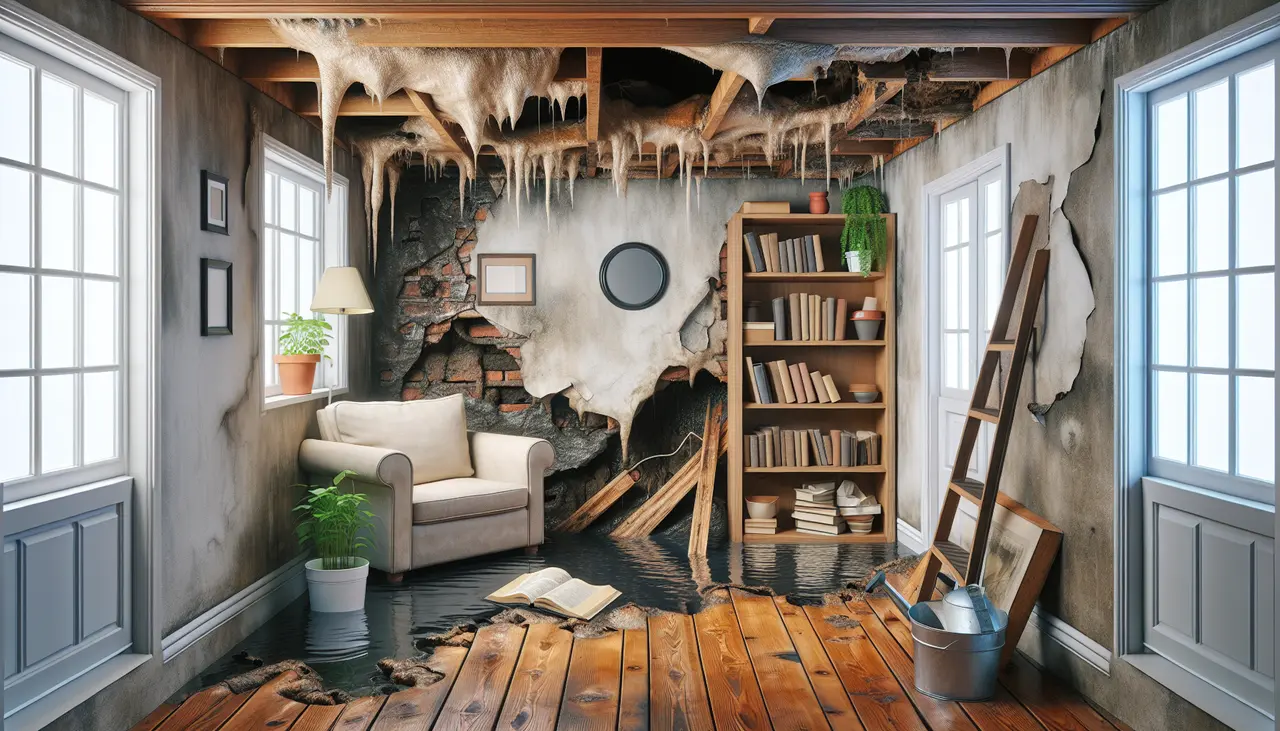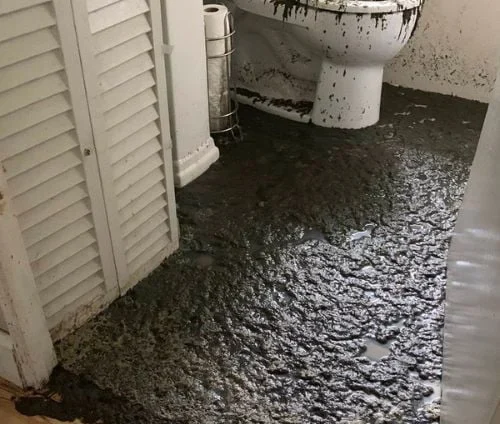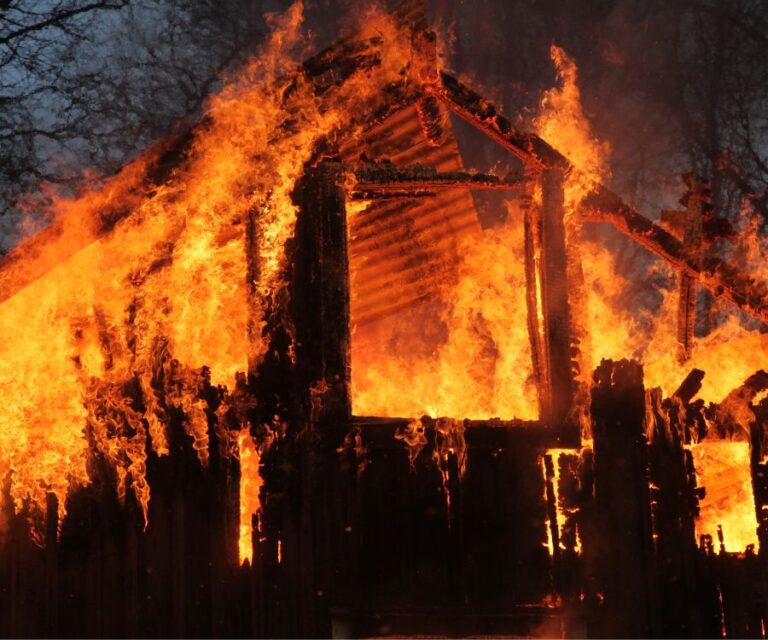Introduction to Emergency Water Damage Risks
Water damage can sneak up on you, often when you least expect it. Be it from a burst pipe, heavy rain, or a leaky roof, the damage can spread fast, leaving a trail of destruction. This isn’t just about a wet floor or a damp wall. Emergency water damage goes deeper, threatening the very structure of your home and the health of your family. Mold is a sneaky enemy that thrives in moist environments, potentially causing health issues. And then, there’s the electrical risk – water and electricity are a dangerous mix, raising the stakes for accidents. On top of health and safety hazards, the financial hit from water damage can be staggering, draining your wallet for repairs and replacements. Understanding these risks is the first step in protecting your home. Stay alert, act quickly, and never underestimate the power of water to wreak havoc within the walls of your home.
Common Causes of Emergency Water Damage in Homes
Water damage in homes usually strikes out of the blue, turning your everyday comfort zone into a soggy mess. The usual suspects? Let’s start with leaky pipes. They’re like the secret agents of water damage, slowly eroding the strength of your house’s infrastructure without making a sound. Next up, clogged gutters; they’re supposed to guard your home against water, but when they get choked up, water picks a fight with your walls and foundation. Faulty appliances, think washing machines and dishwashers, are also traitors within your home, potentially unleashing pools of water when you least expect it. Don’t forget about natural disasters, such as floods and storms, which can force water into your home with little to no warning. And lastly, poor drainage systems can backfire, leading water right back to your doorstep, literally. Each of these causes can turn your calm abode into chaos, threatening both your home’s condition and your peace of mind.
Immediate Effects of Water Damage on Your Property
Water damage waits for no one. Right after water hits your property, it starts causing trouble. First off, water makes its way into walls, floors, and belongings, leading to swelling, warping, and staining. This mess can happen fast, sometimes in just a few minutes. But that’s not all. Electronics and wiring in your home can’t stand water. They could get damaged, posing a risk of fire or electric shock. Then there’s the issue of your indoor air. Water damage can kickstart mold and mildew growth within 24 to 48 hours, making your air bad to breathe and potentially causing health problems. Immediate action is necessary to avoid these problems scaling up.
Long-term Consequences of Unaddressed Water Damage
Ignoring water damage in your home is asking for trouble. Left untreated, it doesn’t just stay put; it gets worse. Mold and mildew make themselves at home, damaging your health with allergens and potentially toxic substances. Then, there’s the structure of your house to worry about. Water weakens wooden beams and floors, making them less stable and safe. Over time, electrical systems can also get in on the act, becoming hazards themselves. And let’s not forget about pests. Moisture invites critters like termites and rats, who’d love to make your home theirs. It’s a domino effect—starting with just a bit of water damage, and before you know it, your house is riddled with issues that are pricier and tougher to fix. Bottom line: take water damage seriously from the start to protect both your home and your health.
Health Risks Associated with Mold and Mildew from Water Damage
After water damage hits your home, mold and mildew aren’t far behind. It’s critical to know they’re not just a nasty sight; they carry real health risks. Mold loves damp, warm places, making post-flood environments a playground for it. Breathing in mold spores can cause a range of problems. For those with allergies or asthma, mold can be a direct ticket to discomfort and respiratory issues. Even if you’re not allergic, exposure can irritate your eyes, nose, throat, and lungs. We’re talking sneezing, coughing, and wheezing, making you feel under the weather without being sick. Mildew, though less harmful than mold, can still provoke allergic reactions and irritate your skin. Pregnant women, kids, the elderly, and folks with weakened immune systems should be extra wary. They’re more susceptible to these harms. In short, mold and mildew aren’t just a cleanup headache. They pose real risks to your health and well-being. Tackling water damage swiftly is the best way to keep your home safe and sound.
Electrical Hazards Stemming from Emergency Water Damage
When water invades your home unexpectedly, it’s not just the soggy carpets or damaged furniture you need to worry about. One of the biggest threats lurking in the aftermath of emergency water damage is the risk to your home’s electrical system. Water and electricity are a dangerous mix, and the combination can lead to serious safety hazards. Here’s what you need to know: First, water can cause power surges that damage electronic devices beyond repair. It’s not just about frying your smartphone or TV. These surges can affect your home’s entire electrical system. Second, submerged outlets and wiring are a recipe for disaster. They increase the risk of electrical fires and can pose a serious threat to anyone coming into contact with them. Even after the water recedes, moisture trapped in walls and floors can corrode wires, leading to long-term risks. Lastly, if your home floods, your main electrical panel, circuit breakers, or fuse box could get damaged, compromising the safety of your electrical system. If you’re facing emergency water damage, turning off your home’s power at the main breaker is crucial. Always call a professional to assess and repair any damage to ensure your home is safe. Remember, dealing with water damage is not just about cleaning up; it’s about staying safe from hidden dangers like electrical hazards.
Impact on Home Structure and Foundation Integrity
Water damage does more than just make things wet. It strikes at the core of your home, threatening the very structure and foundation that holds everything up. When water seeps into foundations, it can lead to serious issues like cracks or even cause the foundation to shift. This is not good news. The integrity of your house relies on a stable foundation. Without it, you’re looking at potential safety hazards and costly repairs down the line. And think about the structure – wooden elements in your home, like beams and flooring, are at risk too. Water can cause wood to rot, leading to a weakened structure that’s not safe or sturdy. Always keep an eye out for signs of water damage to protect your home’s foundation and structure. It’s way better to catch these problems early than to deal with bigger troubles later.
Tips for Preventing Emergency Water Damage in Your Home
Preventing emergency water damage in your home is all about being proactive and paying attention to the details. First, always keep gutters and downspouts clear. When gutters clog, water overflows and can damage your home’s structure and foundation. Second, know where your main water shut off is. If a pipe bursts, turning off the water quickly can prevent massive damage. Third, inspect appliances regularly. Washing machines, dishwashers, and refrigerators can leak and cause water damage. Checking hoses and connections can save you from a water disaster. Fourth, maintain a good roof condition. Inspect your roof regularly and repair any damages or leaks. Lastly, consider installing water detection devices. They alert you to leaks, often before you see any signs of water damage. Staying vigilant and taking these steps can greatly reduce the risk of emergency water damage in your home.
Steps to Take Immediately After Detecting Water Damage
First off, stop the water source. If you can, find where the water is coming from and shut it off. This might be as simple as turning off the main water valve. Next, turn off electricity in affected areas to avoid electrical hazards. Be sure to do this safely; if you’re unsure, call a professional. After securing the area, remove excess water. Mop, blot, or use a wet vacuum – whatever works but do it quickly. Water spreads fast, causing more damage the longer it sits. Then, document everything for insurance purposes. Take photos, jot down notes. You’ll need this when you file a claim. Lastly, call in the professionals. Water damage can lead to mold and structural issues that are not always visible. A professional can assess the damage accurately and guide you on what to do next. Remember, quick action can save you a lot of trouble and money in the long run.
When to Call a Professional for Water Damage Restoration
When water strikes, acting fast is key, but knowing when to call in the pros is crucial. Don’t wait if the damage covers a large area or if it’s been more than 24 hours. These situations are breeding grounds for mold, and the structure of your home might be at risk. Call a professional if the water is from an unclear source or if it might contain sewage—this type is hazardous. If your house’s electrical systems might be affected, don’t risk it; professionals know how to handle these safely. Lastly, if drying out the damage seems overwhelming, it’s time to get expert help. They have the tools and know-how to get your home dry and safe again quickly.






